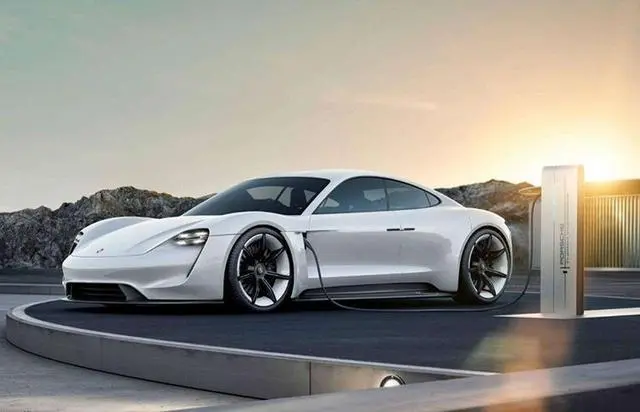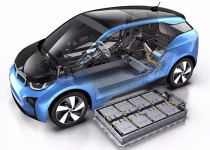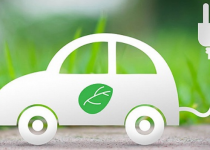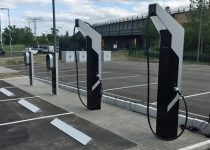How do electric vehicles perform in terms of acceleration and top speed?

Electric vehicles (EVs) generally perform well in terms of acceleration and top speed when compared to internal combustion engine (ICE) vehicles. Here are some factors that contribute to the performance of electric vehicles:
- Instant torque: Electric motors provide instant torque from a standstill, which allows EVs to accelerate rapidly without the need for a gearbox. This characteristic results in smooth and quick acceleration, often outperforming comparable ICE vehicles. Many EVs can achieve 0-60 mph (0-100 km/h) acceleration times of under 5 seconds, with some high-performance models even reaching this benchmark in under 3 seconds.
- Linear power delivery: Electric motors deliver power in a linear fashion across a wide range of RPMs, which means that EVs can maintain their acceleration throughout the entire speed range. This contrasts with ICE vehicles, which have a more limited power band and require gear shifts to achieve optimal acceleration.
- Lower center of gravity: EVs often have their battery packs placed low in the chassis, which results in a lower center of gravity. This enhances vehicle stability and handling, contributing to better overall performance during acceleration and high-speed driving.
- Reduced drivetrain losses: Electric vehicles have simpler drivetrains with fewer moving parts, which results in lower energy losses due to friction and mechanical inefficiencies. This contributes to the overall performance and efficiency of EVs when accelerating and driving at high speeds.
- Aerodynamic design: Many EVs are designed with aerodynamics in mind to minimize air resistance and maximize performance at high speeds. By reducing drag, EVs can achieve higher top speeds and maintain their efficiency during high-speed driving.
In terms of top speed, electric vehicles can vary widely depending on their specific design and target market. While some mainstream EV models may have top speeds limited to around 90-100 mph (145-160 km/h) for efficiency reasons, high-performance electric vehicles can achieve top speeds in excess of 155 mph (250 km/h) or even higher.
Overall, electric vehicles generally perform well in terms of acceleration and top speed when compared to ICE vehicles. The instant torque provided by electric motors, along with linear power delivery, a lower center of gravity, reduced drivetrain losses, and aerodynamic design, all contribute to the impressive performance characteristics of electric vehicles.
- Electric all-wheel drive (e-AWD) systems: Many EVs use electric all-wheel drive systems, in which separate electric motors power the front and rear axles independently. This configuration allows for better traction and torque vectoring, which can improve both acceleration and handling at high speeds.
- Software optimization: EVs rely heavily on software to manage power delivery, battery management, and other vehicle systems. Through software optimization, automakers can fine-tune the performance of EVs, including acceleration and top speed, to achieve the desired balance between performance, efficiency, and battery life.
- Reduced weight: While EVs tend to be heavier than ICE vehicles due to their battery packs, many manufacturers offset this weight by using lightweight materials and optimizing vehicle design. This can help improve acceleration and top speed by reducing the energy required to move the vehicle.
- Absence of shifting: Electric vehicles do not require gear shifts like ICE vehicles, which allows for seamless power delivery and uninterrupted acceleration. This lack of shifting results in a more enjoyable and responsive driving experience, especially during rapid acceleration and high-speed driving.
- Customizable driving modes: Many EVs offer different driving modes that can be selected by the driver, such as eco, normal, and sport. These modes can adjust various parameters, including throttle response, power delivery, and regenerative braking, to suit the driver’s preferences or specific driving conditions. This flexibility can contribute to improved performance, particularly in terms of acceleration and high-speed driving.
In summary, electric vehicles offer a range of benefits in terms of acceleration and top speed, thanks to their inherent characteristics such as instant torque, linear power delivery, and lower center of gravity. Additional factors like e-AWD systems, software optimization, reduced weight, and customizable driving modes further enhance the performance of EVs, making them competitive with, and often superior to, their ICE counterparts in terms of acceleration and high-speed driving.


